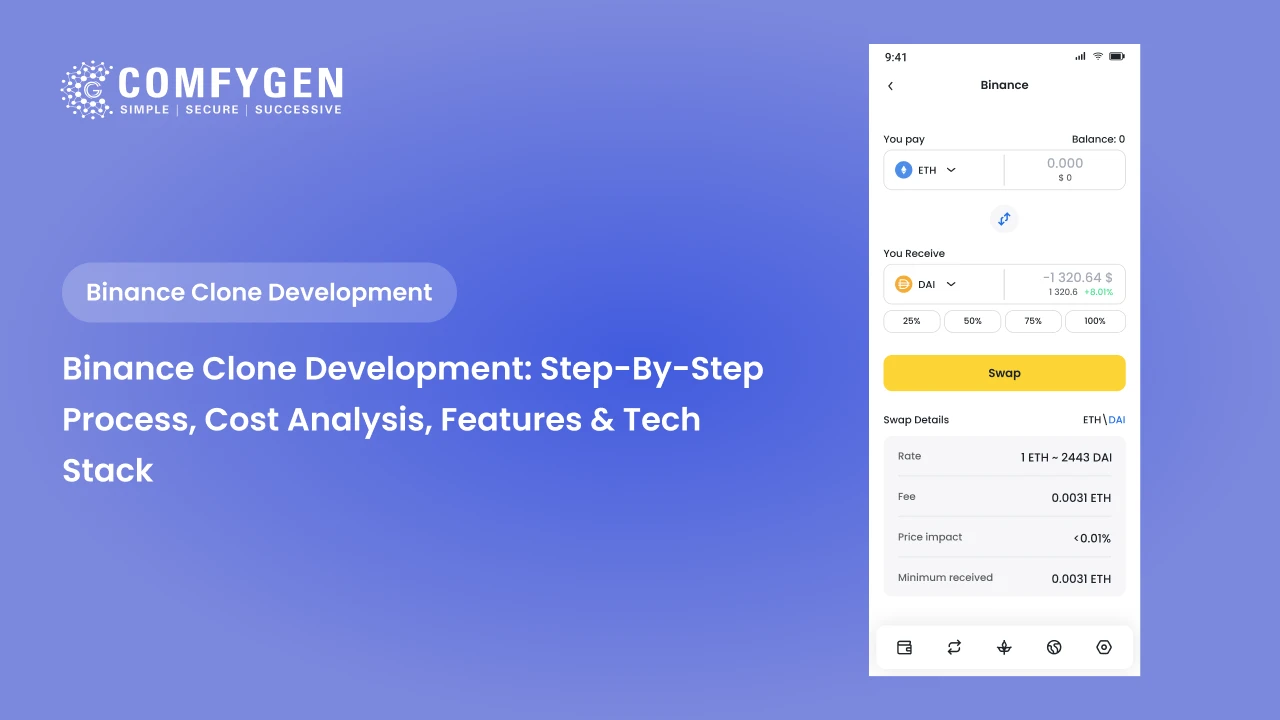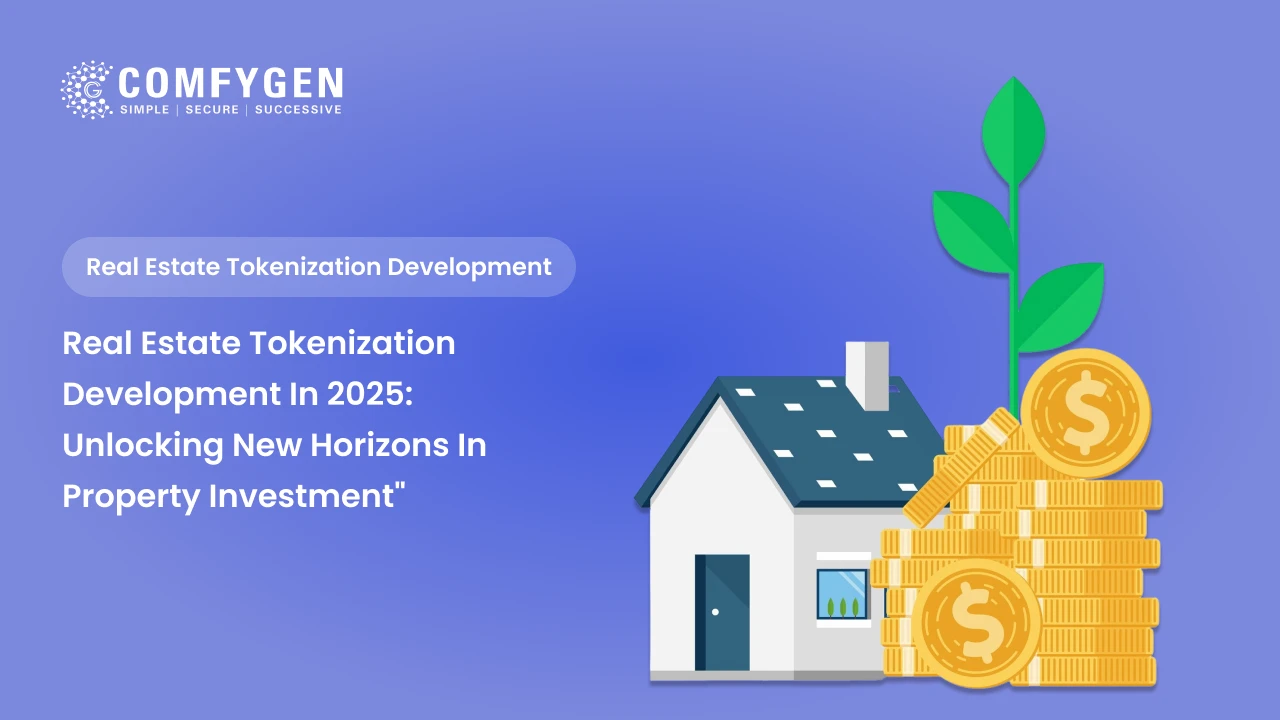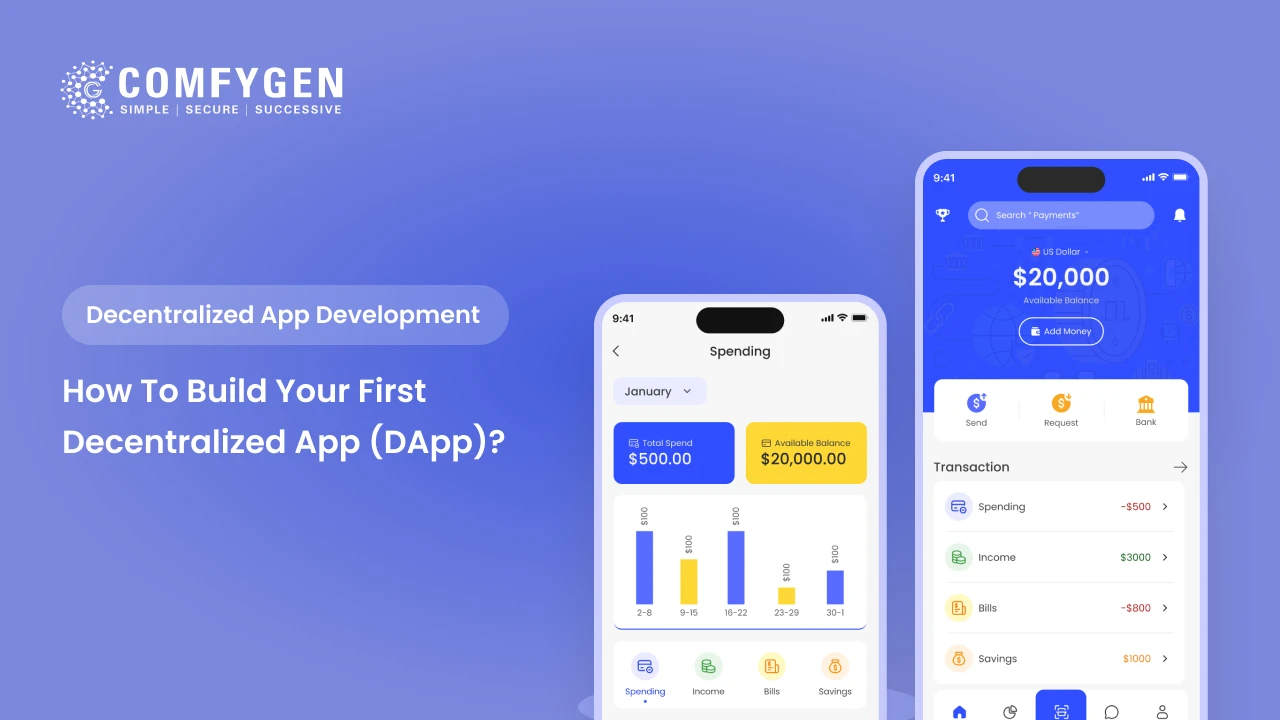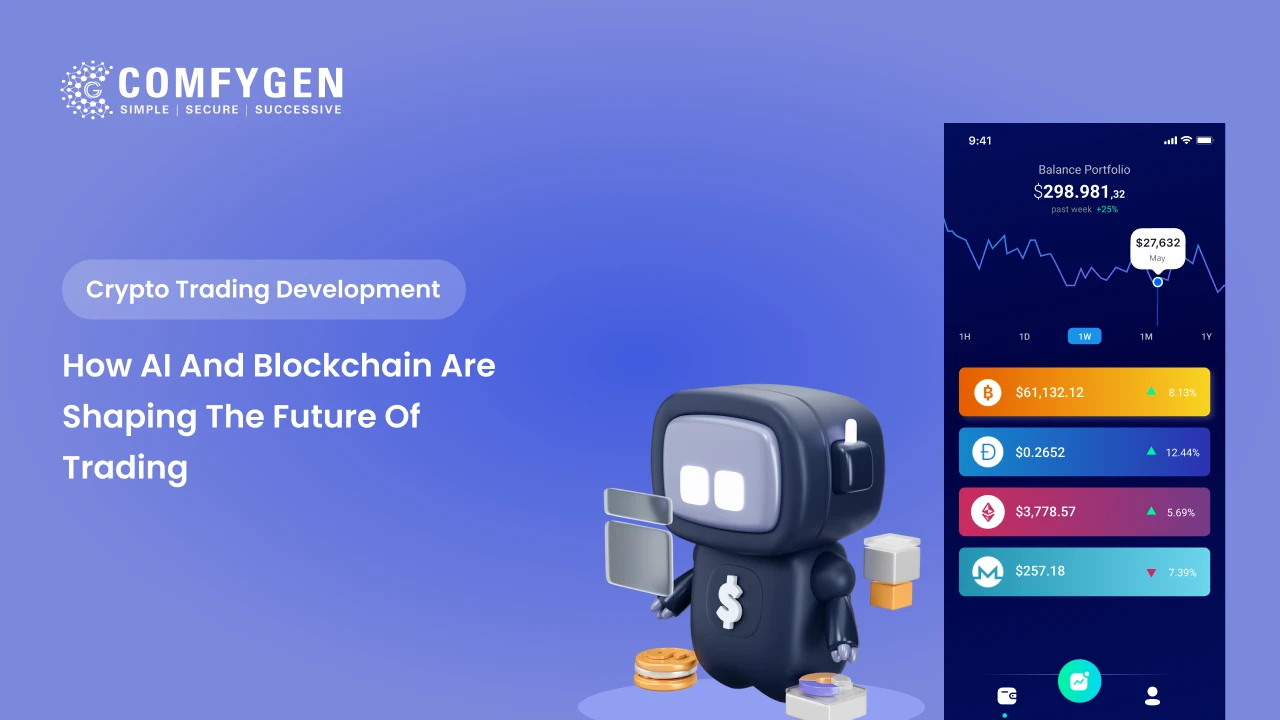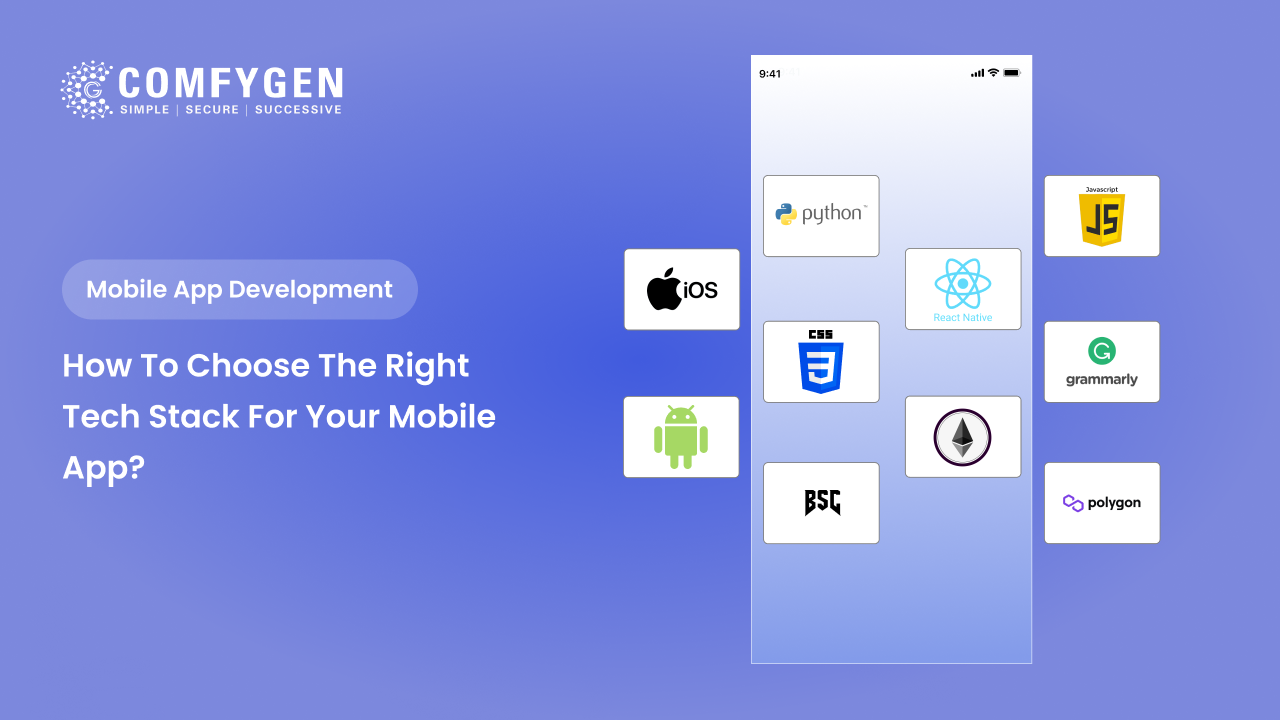Binance Clone Development: Step-by-Step Process, Cost Analysis, Features & Tech Stack
Introduction
As the crypto market grows at an exponential rate in 2025, demand for efficient, secure, and scalable crypto exchanges continues to rise. One of the best ways to enter this lucrative market is through Binance clone development, allowing you to launch a platform with the core functionality of Binance, the world’s leading crypto exchange.
With Binance’s massive market share, businesses worldwide are turning to Binance clone scripts as a tried and tested business model. This approach allows for fast deployment with customization options that cater to unique business needs. However, while a Binance clone is built upon a proven blueprint, the competitive market demands a platform that stands out with cutting-edge features and high security.
This comprehensive guide will walk you through the entire Binance clone development process in 2025, exploring must-have features, advanced functionalities, technology stacks, cost considerations, and more. Whether you’re an aspiring entrepreneur or an established crypto business, this guide will provide valuable insights into building your Binance-like crypto exchange.
What Is Binance Clone Development?
Binance clone development involves creating a cryptocurrency exchange platform that mirrors the features and functionality of Binance, one of the most trusted names in the crypto world. A Binance clone comes with essential features such as a user-friendly trading interface, robust security measures, integrated wallets, and a trading engine that supports multiple cryptocurrencies and trading pairs.
The Binance clone app is designed to operate with both centralized and decentralized finance models. Depending on your business goals, you can customize the platform to support:
- Spot Trading
- Margin Trading
- Futures Trading
- Peer-to-Peer (P2P) Trading
- Staking and Yield Farming
You can also choose to launch a web-based version, a mobile app, or even a hybrid model with decentralized exchange features. The clone development process includes multiple stages: market research, requirement gathering, UI/UX design, backend development, security features, wallet integration, and final deployment.
The Binance clone script provides the skeleton, but you can further customize it with additional functionalities, making it adaptable to specific market conditions and customer demands.
Ready to Build Your
Own Binance-like exchange?
Contact Now
Why Launch a Binance-like Crypto Exchange in 2025?
In 2025, the cryptocurrency industry is expanding beyond its early adopters and into the mainstream. As traditional financial institutions and investors take a more serious interest in crypto, the need for secure, scalable, and regulated exchanges has never been higher.
Here are the key reasons why launching a Binance-like exchange in 2025 is a smart move:
- Widening Global Crypto Adoption: With countries like El Salvador adopting Bitcoin as legal tender and more businesses accepting cryptocurrencies as payment, crypto adoption is at an all-time high. This trend is expected to continue, giving crypto exchanges ample opportunities to grow.
- Profitable Business Model: Binance has shown that crypto exchanges are a highly profitable business model. With multiple revenue streams, such as trading fees, withdrawal fees, and transaction fees, a Binance clone app can offer lucrative returns.
- Ready-to-Deploy Architecture: Using a Binance clone script saves considerable time and money compared to building an exchange from scratch. It provides a tested and functional base that can be customized to your specific business needs.
- Scalability and Flexibility: With the development of scalable Layer-2 solutions and cross-chain technology, a Binance clone can grow in functionality to meet the increasing demands of traders, ensuring long-term viability.
- Enhanced Security: In 2025, blockchain security is evolving with new technologies like Zero-Knowledge Proofs (ZKPs), Multi-Party Computation (MPC), and biometric authentication. Integrating these technologies ensures user data and assets are safe, which is crucial for gaining users’ trust.
- Institutional Traders: With more institutions entering the crypto space, there’s a growing demand for advanced trading options. Binance clone development allows you to offer institutional-grade services, such as margin trading, futures, and high liquidity trading pairs.
Step-by-Step Process to Develop a Binance Clone
Developing a Binance clone involves several stages. Here’s a detailed breakdown of the process:
1. Market Research & Requirement Gathering
Before development begins, it’s important to conduct thorough market research to understand the needs of your target audience. Some key factors to research include:
- Target Audience: Who are your users? Are they retail traders, institutional investors, or both?
- Compliance: Determine which countries you want to operate in and ensure that you comply with local regulations, such as KYC/AML requirements.
- Trading Pairs and Types: Decide which cryptocurrencies and trading pairs your exchange will support. Will you offer spot, margin, or derivatives trading?
2. UI/UX Design
The user interface (UI) is the face of your exchange. It should be intuitive and easy to navigate. The UX design should prioritize ease of use while keeping all important features accessible to both beginners and experienced traders.
- Mobile-first Design: Given the increasing mobile user base, ensure that your platform is optimized for mobile devices.
- Responsive Design: The design should be responsive, providing a seamless experience across various screen sizes.
3. Core Exchange Development
The core development of a Binance clone involves building the back-end infrastructure that powers the exchange. This includes:
- Trading Engine: A matching engine is the heart of the exchange, responsible for matching buy and sell orders.
- Order Book System: The order book shows the latest buy and sell orders. It needs to update in real-time to reflect market changes.
- APIs: Provide APIs for third-party integrations and other external services.
4. Wallet Integration
Wallet integration is critical to the success of any crypto exchange. You will need to implement both hot and cold wallets for storing cryptocurrencies securely. Additionally, you will need to support popular wallets such as:
- Hot Wallets: For fast transactions, although they are more vulnerable.
- Cold Wallets: Secure, offline storage for long-term holdings.
Implementing Multi-Signature wallets can enhance security by requiring multiple approvals before transactions are executed.
5. Liquidity Management
Liquidity is essential for ensuring that users can buy and sell assets without facing significant price slippage. You can implement your own internal liquidity pool or integrate third-party liquidity providers.
- Liquidity Aggregators: These tools pull liquidity from different sources, ensuring deep liquidity for all trades.
6. KYC/AML Integration
Compliance with Know Your Customer (KYC) and Anti-Money Laundering (AML) regulations is essential to operate legally. The platform must integrate identity verification systems to ensure that only authorized users can trade.
- Manual Verification: Using a combination of government-issued IDs and facial recognition.
- Automated Verification: Through third-party services for faster user onboarding.
7. Security Architecture
Security is one of the most critical aspects of any crypto exchange. A Binance clone must include robust security protocols such as:
- 2FA (Two-Factor Authentication): Added a layer of security during user login.
- DDoS Protection: Defend the platform from large-scale cyberattacks.
- Encryption: All sensitive data should be encrypted to prevent unauthorized access.
8. Testing & QA
Before going live, the platform must undergo rigorous testing, including:
- Load Testing: Ensure the platform can handle high traffic volumes.
- Penetration Testing: Test for vulnerabilities and fix potential security loopholes.
- Functional Testing: Ensure all features work as expected on all devices.
9. Deployment & Launch
Once the platform is developed and tested, the final step is deployment. Depending on the infrastructure, you can opt for cloud-based or on-premise deployment.
10. Post-launch Maintenance
Post-launch activities include continuous monitoring, regular updates, and security patches to ensure the platform’s smooth operation.
Must-Have Features of a Binance Clone in 2025
To stay competitive in 2025, a Binance clone needs more than just basic functionality. It must have a suite of features that enhance usability, security, and profitability for both users and administrators:
- Real-time Market Data: Price tickers, charts, and trade history must update in real-time to provide an accurate view of market movements.
- Multi-currency Support: A diverse range of cryptocurrencies should be supported for spot and margin trading.
- Advanced Order Types: Limit, market, stop-limit, and trailing stop orders for advanced traders.
- Trading Bot Integration: Allow users to automate trading strategies with customizable bots.
- Advanced Security Features: Multi-signature wallets, hardware wallet support, and biometric authentication.
Cost of Binance Clone Development in 2025
The cost of Binance clone app development varies depending on several factors, such as customization, features, and development time. Below is an estimated breakdown of the cost:
| Component | Estimated Cost (USD) |
|---|---|
| Basic Binance Clone Script | $5,000 – $15,000 |
| Custom UI/UX Design | $3,000 – $7,000 |
| Trading Engine | $10,000 – $25,000 |
| Wallet Integration | $5,000 – $10,000 |
| Advanced Features (DeFi, AI) | $10,000 – $30,000 |
| Security Enhancements | $5,000 – $15,000 |
| Testing & QA | $3,000 – $7,000 |
| Total Cost | $40,000 – $100,000+ |
Technology Stack for Binance Clone Development
The success of your Binance clone depends on the underlying technology stack. Here’s the technology stack typically used in Binance clone development:
- Frontend: React.js, Angular, Vue.js
- Backend: Node.js, Python (Django/Flask), GoLang
- Blockchain: Ethereum, Binance Smart Chain (BSC), Solana
- Database: PostgreSQL, MongoDB
- Cloud & DevOps: AWS, Google Cloud, Docker, Kubernetes
- Security: SSL, AES-256 Encryption, 2FA, Biometric login
Take the First Step
Toward Crypto Exchange Success
Contact Now
Conclusion
Building a Binance-like crypto exchange in 2025 requires a clear understanding of the market, the right technology stack, and strategic planning. With the growing interest in crypto and blockchain, this is an opportune time to enter the market. By following the detailed steps outlined in this guide, you can develop a platform that meets both user and market demands.
Frequently Asked Questions (FAQs)
What is the cost of building a cryptocurrency exchange?
The cost of building a cryptocurrency exchange can vary significantly depending on factors like the complexity of the platform, features, and security requirements. Typically, development costs range from $30,000 to $150,000 or more. Custom features, such as advanced trading tools, wallet integration, and high-end security, may increase costs.
How long does it take to develop a cryptocurrency exchange?
On average, the development of a cryptocurrency exchange can take anywhere from 6 months to a year. This timeline depends on the platform’s complexity, the features you wish to include, and the team you are working with. Custom-built platforms will naturally take longer compared to those using pre-built solutions.
What features should my cryptocurrency exchange have?
Essential features include user registration with KYC (Know Your Customer) verification, a secure trading engine, multi-currency wallet integration, real-time trading data, margin trading, and secure withdrawal methods. If you want to target advanced traders, consider adding features like order book management, charting tools, and margin trading.
Is it necessary to integrate blockchain technology?
Yes, integrating blockchain technology is essential for providing transparency and security in your exchange. It also enables trust between users as blockchain ensures that transactions are immutable and traceable.
Can I build a cryptocurrency exchange for a specific region or country?
Yes, you can build a cryptocurrency exchange tailored to the needs of a specific region or country. By understanding local regulations and the preferences of users in that region, you can create a platform that meets their specific needs, such as supporting local cryptocurrencies and fiat currencies.
What are the security features to include in my crypto exchange?
Key security features include two-factor authentication (2FA), cold storage for funds, encryption of sensitive data, DDoS protection, and regular security audits. Ensuring the safety of users’ funds and data should be your top priority.
Do I need a cryptocurrency exchange license?
Yes, obtaining a cryptocurrency exchange license is crucial for operating legally in most jurisdictions. Licensing requirements vary by country, so it's important to research the legal requirements in the region where you plan to operate. Some countries, like the EU, have specific laws for cryptocurrency businesses.

Mr. Saddam Husen, (CTO)
Mr. Saddam Husen, CTO at Comfygen, is a renowned Blockchain expert and IT consultant with extensive experience in blockchain development, crypto wallets, DeFi, ICOs, and smart contracts. Passionate about digital transformation, he helps businesses harness blockchain technology’s potential, driving innovation and enhancing IT infrastructure for global success.

